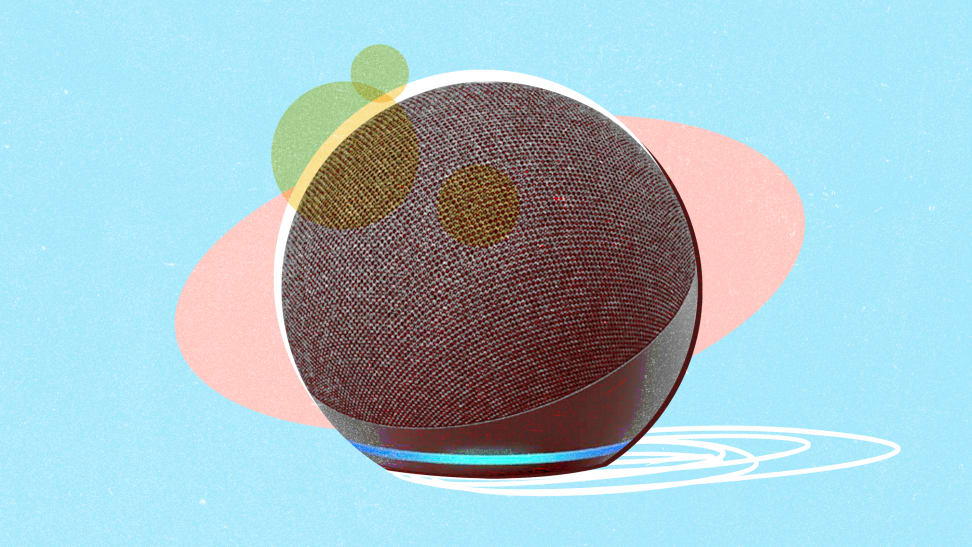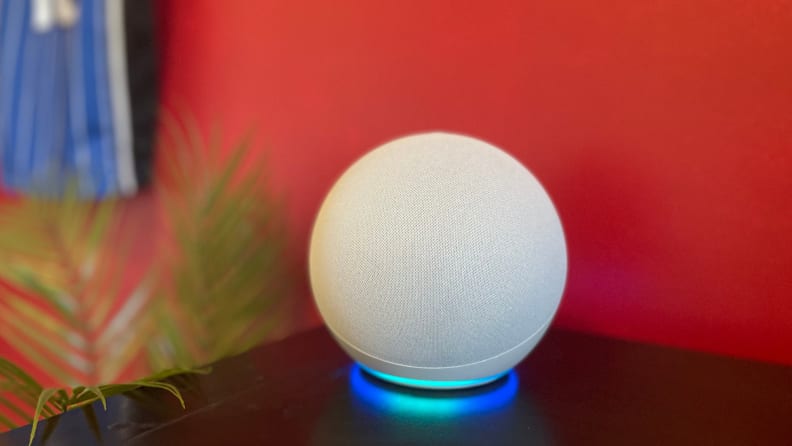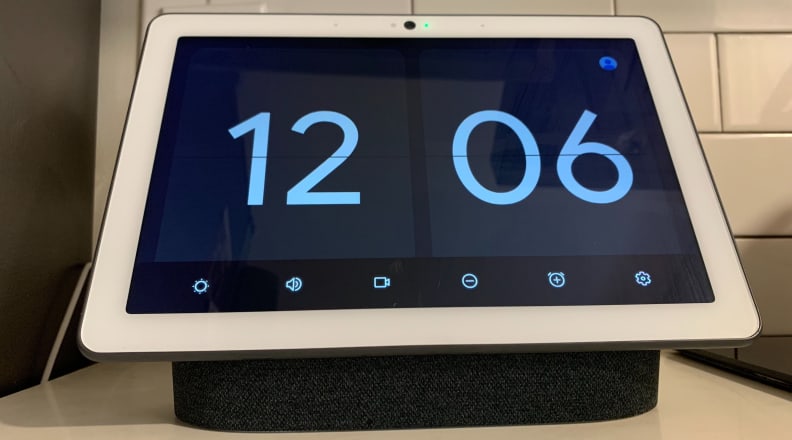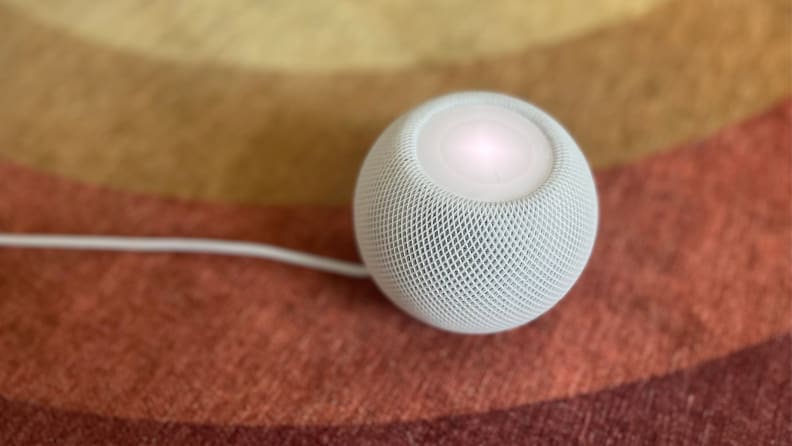Your smart speakers are dirty—here's how to clean them
Don't forget to add these devices to your cleaning checklist
 Credit:
Reviewed / Amazon
Credit:
Reviewed / Amazon
Products are chosen independently by our editors. Purchases made through our links may earn us a commission.
From fingerprints to flying food, smart speakers and displays can accumulate plenty of dirt and grime from everyday use. Whether it’s a smart display in the kitchen, like the Amazon Echo Show 10, or a smart speaker in the living room, like the Apple HomePod Mini, these modern-day devices deserve a proper cleaning much like the other electronics in your home.
The methods for cleaning the various speakers and smart displays from the Amazon, Google, and Apple families differ. Below, you’ll find the best practices for cleaning each type of device (depending on its respective smart home ecosystem). Before you get started, however, there are a few tips to keep in mind:
- Unplug the speaker from the wall before cleaning.
- No matter how dirty your speaker may be, do not submerge it in any liquid.
- After cleaning, let the speaker dry completely before plugging it back in.
Now you’re ready to get to business. Here’s how to clean your Google Nest, Amazon Echo, and Apple HomeKit smart speakers and displays.
How to clean Amazon Echo smart speakers and displays

Amazon recommends a cleaning mix of water and rubbing alcohol to clean Echo speakers, like the fourth-gen Echo (pictured).
You can clean your Echo smart speakers, like the Echo Dot (fourth-gen), and smart displays, like the Echo Show 5 (second-gen), by dampening a soft cloth with water and a small amount of rubbing alcohol.
Wring out the rag before cleaning (it should not be dripping), then carefully wipe down the device completely.
Amazon advises against harsh chemicals and abrasive cleaning tools that may ruin your devices. The mixture of water and rubbing alcohol helps wipe away grease, gunk, and other debris left behind on your speaker or smart display's screen without causing damage.
(If you notice small particles like crumbs stuck in the speaker’s buttons, a small and pointy (yet dull) tool like a toothpick can help remove stubborn bits of debris.) $13 at Amazon
How to clean Google Nest smart speakers and displays

It's a good idea to wipe touchscreen smart displays, like the Google Nest Hub Max (pictured), on a frequent basis.
For Nest smart displays and speakers, like the Nest Audio and Nest Hub (second-gen), a clean, soft, and dry cloths, like this 24-pack of Amazon Basics microfiber cloths, is the best way to wipe down the devices. The cloth is also a good tool for wiping debris from the power cord and AC adapter.
Google does not recommend using household chemicals (like alcohol, benzene, or cleaning powders) on your Nest devices (as doing so may damage your devices).
How to clean the Apple HomePod and HomePod Mini

It's best to use a dry cloth to clean Apple HomePod Mini speakers.
A dry microfiber cloth will help keep your second-gen HomePod and HomePod Mini looking good during routine cleanings.
For a deeper clean, Apple says disinfecting wipes that are 70% isopropyl alcohol or 75% ethyl alcohol (like Clorox wipes) are safe to use and will not cause damage. The wipes are only for cleaning the top surface of the speaker (where the touch controls are) and not the exterior mesh fabric. Any amount of moisture can be detrimental to your device, so make sure to wring out the wipe entirely before use. $3 at Amazon
Additionally, Apple recommends avoiding chemicals that contain bleach and hydrogen peroxide, as they can cause damage to your HomePod Mini. Aerosol sprays, solvents, ammonia, and other abrasive cleaners can also cause problems with the speaker.
Adhering to the manufacturer's guidelines is the best thing you can do when cleaning your devices to avoid causing damage (and possibly voiding the warranty or additional coverage you have). With regular and proper cleaning, you can help keep your favorite smart home gadgets looking great.
The product experts at Reviewed have all your shopping needs covered. Follow Reviewed on Facebook, Twitter, Instagram, TikTok, or Flipboard for the latest deals, product reviews, and more.
Prices were accurate at the time this article was published but may change over time.


